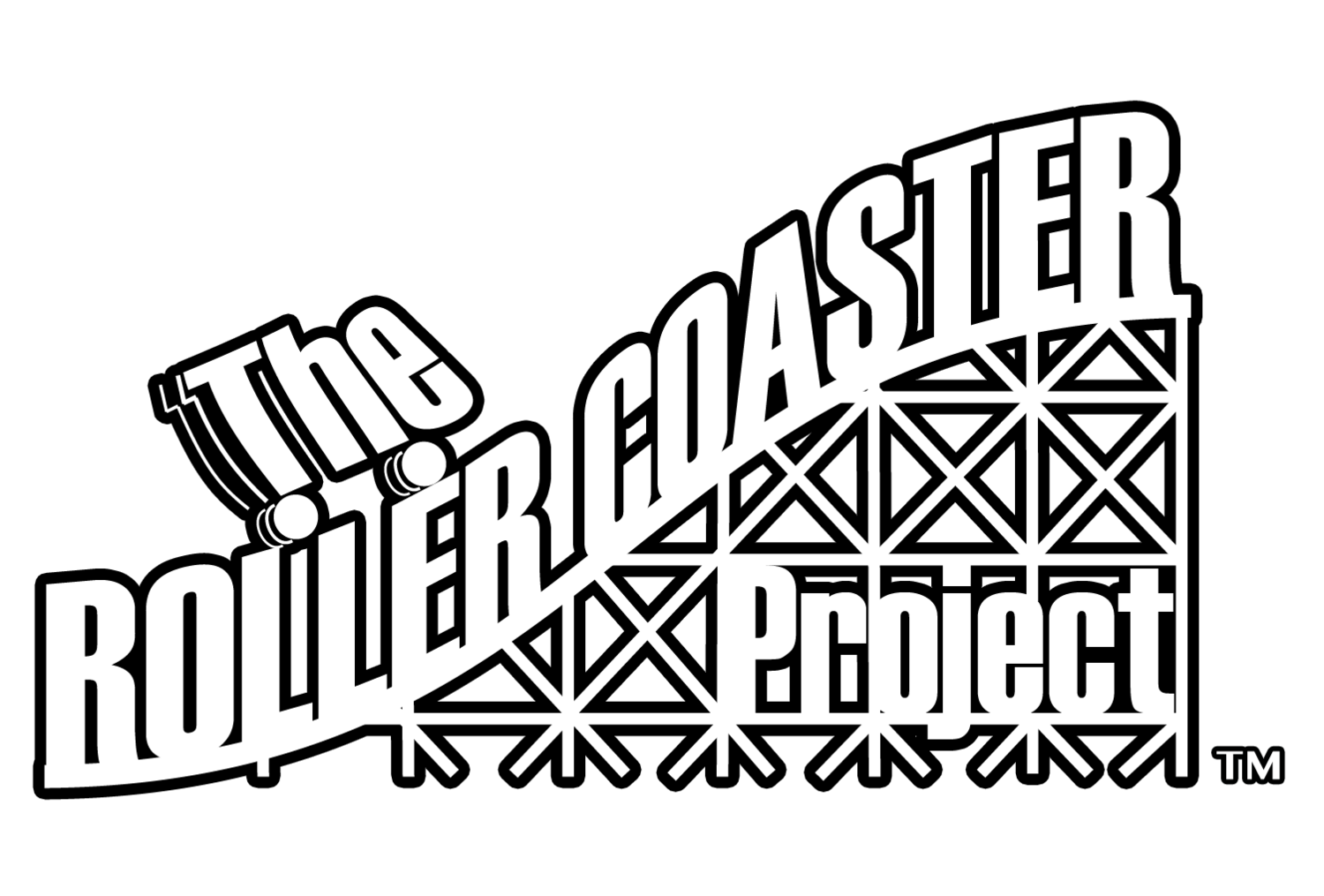Ride Design, briefly.
/Ride design is a symbiotic relationship between analytics and creativity. While most math involves creative approaches to solutions, knowing how to balance the analytics for a thrilling and aesthetic experience is key.
There are a few approaches when it comes to designing the ride centerline, most common are acceleration based and displacement based. Although you can arrive at a similar solution, each has a benefit over the other.
The benefit of developing a ride layout purely by acceleration is that your path is smooth and continuous to at least the third derivative, also know as jerk. The drawback to acceleration design is placement of certain block sections and orientation of station and transfer due to the complex calculations to force desired outcomes.
Now, with displacement design you can dictate every foot of the ride’s path. This is great for layout purposes and can be altered later should the design need to be changed. The drawback is, you must calculate the forces and angles to ensure continuity between elements in the vertical and lateral components.
My thought process is to have a balance between the two. Use them as tools in your workspace for the overall desired results. But how are they solved? Well, since all of these vary with either time or space, we use differentials. For the young engineer or student, a good background in calculus and differentials will go a long way. Many programs can help you perform the heavy math, too. Matlab, Maple, and Wolfram are few examples of powerful computation tools. They aren’t necessarily needed, but they do help make life easier.
To sum it up, develop your model to produce desired results and calculate until you achieve them.





